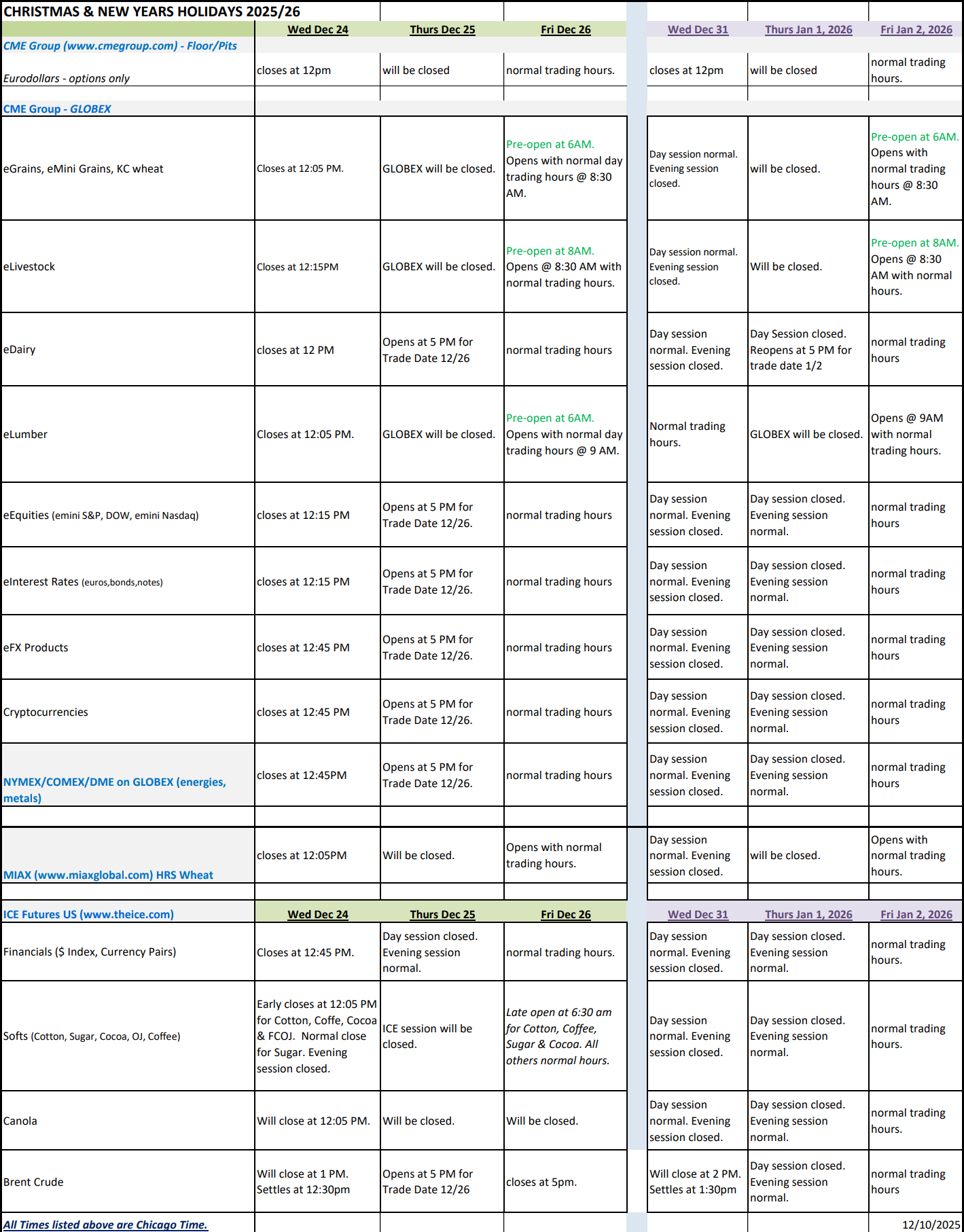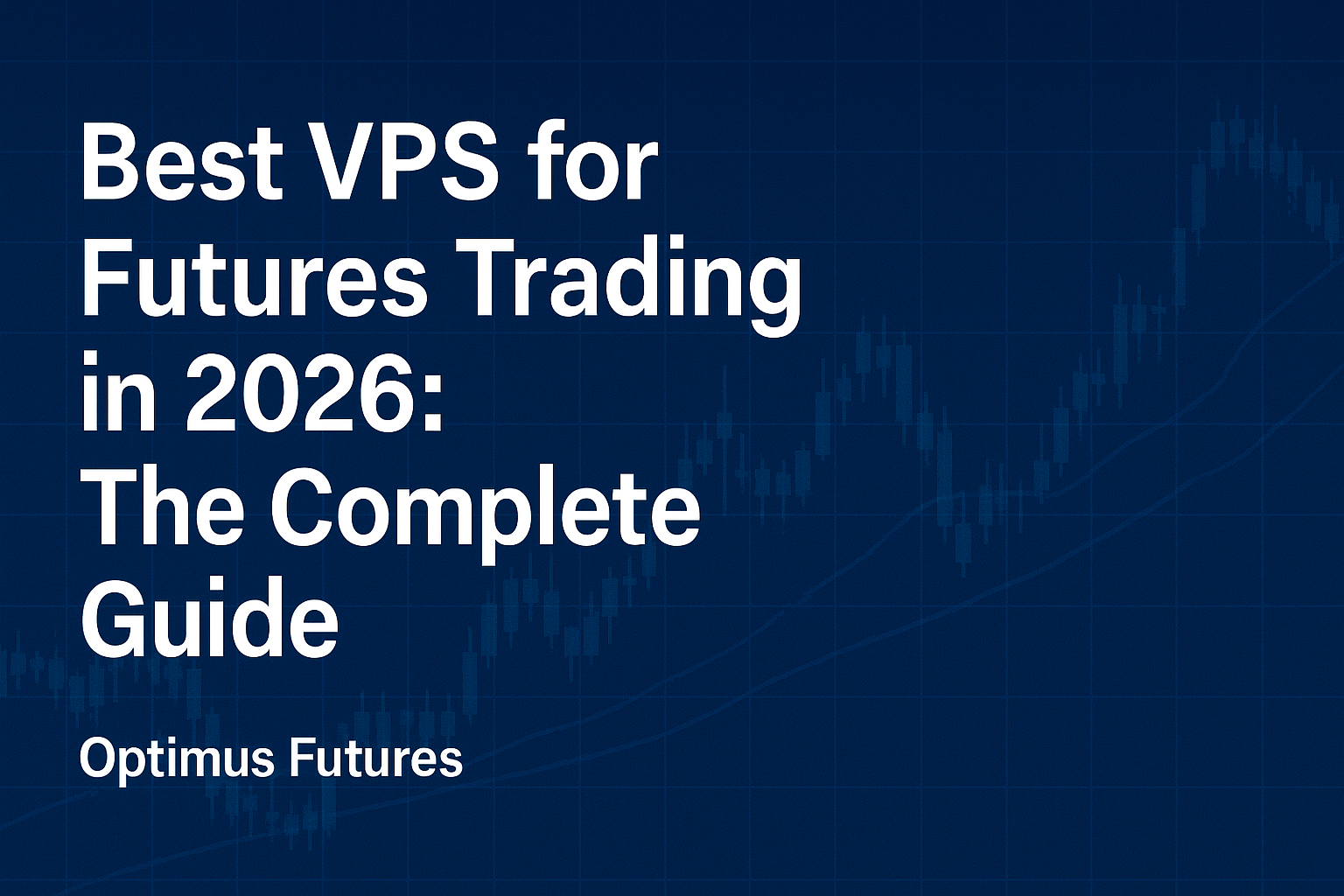This article on How to Take Your Futures Trading Strategy from a Demo Account to Live Trading is the opinion of Optimus Futures
Many traders who develop their own trading strategies often go nowhere despite their best efforts. Most often fail due to reasons that are entirely preventable:
- Some traders are simply too afraid to go live, so they spend months to years “perfecting” a system in simulation that will likely be destroyed in a few minutes of live trading.
- Other traders who go live may end up terminating their live testing too soon upon experiencing a drawdown, a situation that may prevent them from giving their system a fair chance.
To avoid confusion, throughout this article, I will be referring to trading “system” and trading “methodology” synonymously.
Let’s start with one of the most important principles of transitioning a simulated system to the live environment: multiple iterations. We’ll begin with a corporate business analogy and work our way toward this principle’s application in trading.
Rapid and Multiple Live Iterations Beat Lengthy Plans and Simulations
There are many companies that spend months if not years developing a “perfect” product or plan, as if they were trying to design a masterpiece, with a lot of capital resources going into staff, effort, and resources. Interestingly, masterpieces are the result of multiple iterations, not lengthy, single-stroke efforts.
By the time most of these traditional companies unleash their product or plan, the market might have already shifted, making their output irrelevant. So, they go back to the drawing board only to spend more capital on yet another laborious project that may end up, once again, far behind the curve.
In contrast, agile companies who think like designers tend to focus on producing multiple rapid iterations, getting viable products out on the market quickly, and improving their products during each (re-)iteration. This process has a few different names: design thinking, scrumming, or agile methodology.
As a trader, a rapid iteration approach, one in which you test your system live and often, may be the most effective way to develop and test a system.
Otherwise, you may end up in the purgatorial state of perpetual simulation, an anti-productive limbo which can sap months or years from you.
Remember, becoming a “demo millionaire” means nothing in the live market, for any single day of live trading can tear down years of simulated testing.
The Main Phases of the Simulation-to-Live Cycle
When taking your futures day trading strategy from simulation to live, there are only two phases in the process: you test your system in a simulated environment, you test it live, and if necessary, you make small adjustments or revise the entire system. We’ll focus on the first two, as the last (adjustments) should come naturally as a result.
Phase I – Simulation
Back test and forward test your system.
- Be sure to use the largest possible sample size to gather as much performance data as possible (I use no less than 20 years of data; if that’s not available, 10 years of data might be sufficient, but anything less increases uncertainty). This also attests to the drawback of placing “demo trades” –you can’t collect enough data to make the test assessment-worthy.
- Back testing without forward testing (historical testing in delayed time) may be insufficient, but forward testing without back testing will do–you want to put yourself in the position of actually placing the trades, unaware of what lay ahead.
Analyze your performance metrics.
Although there are several metrics you can use to assess your performance, the three that you might want to pay careful attention to are as follows:
- Mathematical expectation calculates your historical performance data to forecast whether your system is generally a winner or a loser. One easy version of this metric is as follows: (Average Win x % Win Rate) – (Average Loss x % Losing Rate). If your number is less than zero, then your system has a negative expectation, meaning it is a loser.
- Average drawdown gives you a reference point as to how much (realized or unrealized) loss to expect on average.
- Worst drawdown, particularly if you have a large historical sample size, gives you a reference limit (not an absolute limit) as to what you might expect should the system work against you. Note that worst drawdowns can be exceeded, and the smaller the sample size, the more likely this is to happen sooner rather than later.
Assess your capital situation before testing your system live.
This step is just plain common sense. Now that you know what your average and worst drawdown is, can you with withstand any of these potential loss scenarios? Be honest with yourself here. If you can’t withstand the capital loss, can you at least minimize your lot size to make the potential losses more bearable? If not, don’t trade. If you have the risk capital to bear the losses, then move forward to the next step.
As you can probably tell, our emphasis thus far has been on preventing loss, not on maximizing profit potential. Money will take care of itself if your system is profitable. But losing money or giving up too soon before you can find out whether your system might be profitable is a common occurrence among inexperienced traders who are shifting their strategies from simulation to live.
Phase II – Taking Your System Live
Use the minimum lot size to test your trading hypothesis.
Don’t “go big” on the first few tests or you may end up “going home” with much lighter pockets. If your simulated tests are based on the standard e-minis, then trade only one contract.
Important: if you need to downshift to micro e-minis, then you might have to retest your simulations on the micro contracts since micro contract liquidity (and slippage potential) may differ from the standard e-minis.
Run your system in the live market for as long as necessary to provide an adequate live test.
As long as your live performance is within the bounds of your simulated metrics–specifically, within your average drawdown and above your worst historical drawdown–then you might want to continue your testing until you see profitability or until you approach your worst drawdown.
Assess your live performance
Using the metrics we emphasized above plus others that you may see fit to assess your live performance:
- If your performance is constantly hovering around your average drawdown range, then you will want to check if the “live” win rate and profit factor matches their simulations. If neither match, might the difference be a matter of poor execution, slippage and order fill, short-term market conditions, or a flawed trading hypothesis?
- If you have reached or exceeded your worst drawdown, then you may want to determine whether your system has encountered a rare “losing streak” (which are always unpredictable), whether the overall market conditions have varied due to unexpected fundamental reasons (e.g. unforeseen geopolitical conditions, etc.), or whether your trading execution or initial trading hypothesis was just flawed to begin with.
- If your system survives a live market test–meaning that its performance ranges anywhere from a small loss to profitability–then you might want to run another mathematical expectancy calculation to see how it differs from your simulation.
- To get a better reading, assuming you haven’t taken a major loss, you may want to run your live test for a longer period to conduct a more accurate assessment. Most systems don’t make it to this phase, hence the need for multiple iterations and tweaks, which takes us to the last step.
Leave your system as is, tweak it, or scrap it.
- At this point, you will have a clear picture as to how your system has performed in both a simulated and live environment.
- If your system is performing well in a live environment, but not as well as in simulation, then try to determine the cause of the discrepancy. In many cases, you might have to run your system live for a longer period of time, as your simulated sample size will be much larger than your live sample size.
- If your live performance is outperforming your simulated performance, then you might want to continue running your system in a live environment. Is your system’s out-performance due to favorable market conditions, or even “luck,” or will your system’s out-performance normalize downward over time?
- If your system is constantly losing in a live environment, then it may be due to poor execution, slippage and commissions (especially if it’s a high frequency/low profit target system), fundamental changes in the trading environment which can be temporary or long-term, or flaws in your trading hypothesis. If you cannot tweak your system to accommodate any of these factors, then you might have to head back to the drawing board to initiate a major system overhaul or to scrap your system altogether.
There is a substantial risk of loss in futures trading. Past performance is not indicative of future results.




